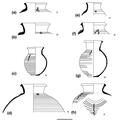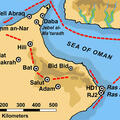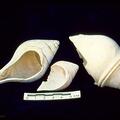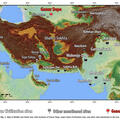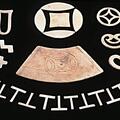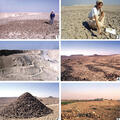Symbols of Dilmun’s royal house – a primitive system of communication adopted from the late Indus world?
Perhaps some of the best clues to deciphering Indus seals may lie in the Arabian Gulf, where inscribed seals seem to have arrived and taken root just as they disappeared in Indus cities around 2000 BCE. "The Harappan sealing tradition, however, continued in Dilmun long after it had vanished from the Indian subcontinent and lived a vibrant life of its own," writes Steffen Laursen.

